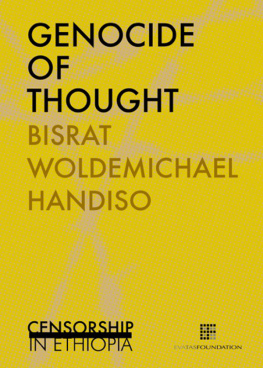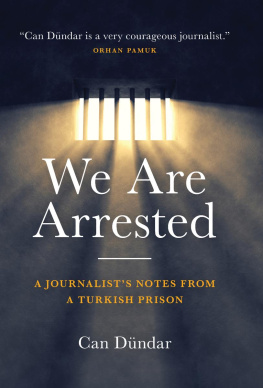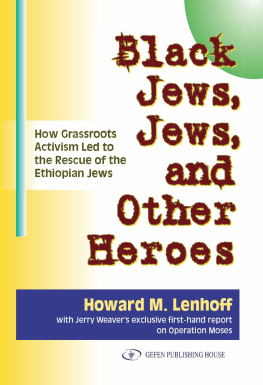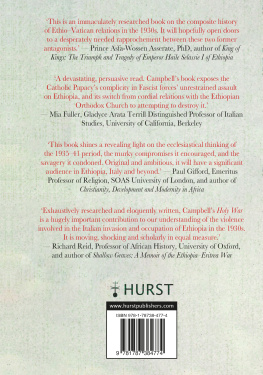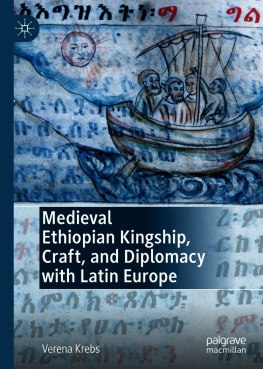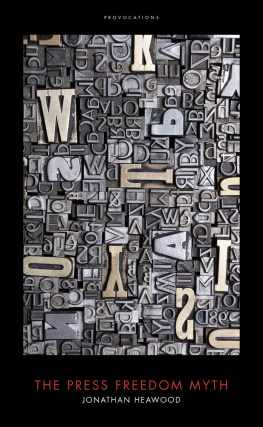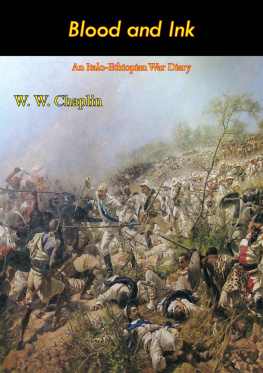
Copyright Bisrat Woldemichael Handiso
Original amharic title
(Mass Media and Economic Development)
Book design Edwin Smet
ISBN 978-90-823641-3-2
www.evatasfoundation.com
_ Acronyms
AU African Union
AD Ana Domino
BC Before Christ
TPLF Tigray Peoples Liberation Front
EPLF Eritrean Peoples Liberation Front
EPRDF Ethiopian Peoples Revolutionary Democratic Front
EPDM Ethiopian People Democratic Movement
ANDM Amhara National Democratic Movement
OPDO Oromo Peoples Democratic Organization
SEPDF South Ethiopian Peoples Democratic Front
SEPDM South Ethiopian Peoples Democratic Movement
GDP Gross Domestic Product
GNI Gross National Income
GNC Gross national consumption
GNP Gross national product
GTP Growth and transformation plan
PM Prime Minster
SNNPR South nation, nationalities region
Ha hectare
ETB Ethiopian birr (currency)
_ Acknowledgements
Without the support from the Eva Tas Foundation this essay would not have been published. Therefore, I thank the Foundation with deep gratitude. A special word of thanks is due to my editor, Peter de Haan, who made sure, that my essay did indeed see the light. Thanks to Chalaches Tadesse for his comments and editing of an earlier draft of this essay. I hope that my essay will contribute to a better understanding of the ways in which the Ethiopian government is clamping down on all the free media, be it newspapers, magazines, or the social media, thereby blocking Ethiopias population from information that would have helped them in forming a balanced opinion about the consequences of the governments negative attitude towards the free media, and about Ethiopias economic development. Regarding the opposite of the free media and the free expression of opinion, I quote Argentinian journalist, Adolfo Marcovich, who very rightly observed that: Censorship is the genocide of thought. It kills ideas through omission, ignorance and fear.
Nairobi, April 2015
/ INTRODUCTION
This is a story about Ethiopia and the part played by the mass media in pursuit of Ethiopias development. Unfortunately, free media cannot play the role they should in promoting Ethiopias social and economic development, despite the fact that Ethiopias Constitution includes freedom of the press and freedom of expression.
Why the media cannot play their developmental role is the subject matter of this essay. Before treating this essays central question, however, first a brief description of Ethiopia.
As it has been written in world history books, as well as proven by concrete remains of ancient civilizations, Ethiopia is among the few countries in the world with a very long history of nation-building which started more than three thousand years. Ethiopia reached the level of statehood during the year 2545 B.C. Ethiopia is the only African country with its own alphabet and calendar. However, Ethiopia has never been able to cherish its long and glorious past as Ethiopia was and still is a land of contradictions and unresolved puzzles.
Based on the 2013 World Bank report, Ethiopias population is projected to stand currently at over 94.1 million, making it the second most populous country in Africa, and 14th in the world. Ethiopias capital city, Addis Ababa, has a population of over 4 million citizens. Addis is the economic and diplomatic hub of Africa, hosting continental and international organizations, such as the Africa Union (AU), African Development Bank (ADB), the United Nations Economic Commission for Africa (UNECA), and several foreign embassies. However, Ethiopia has darker stories of its own too. The country suffered from long years of civil war that claimed the lives of thousands.
Amharic is the working language of the federal government and of many regional governments, such as Amhara, the Southern Nations, Nationalities, and Peoples Regional (SNNPR) governments Beneshangul-Gumuz, Gambella, as well as the City Governments of Addis Ababa and Dire Dawa. Other regions, such as Oromia, Tigray, Somali, Afar, and Hareri use the language of the dominant ethnic group residing in the regions concerned. Throughout Ethiopia there are over 70 local languages spoken by the more than 80 ethnic groups.
Ethiopia is the only African country that defended its sovereignty from foreign aggression, with the exception of two Italian occupations; the last one from 1935 to 1941. Ethiopia supported other African countries to win their independence during the 1960s. Ethiopia is considered to be the cradle of mankind; it is the home of Lucy (locally known as Denkinesh), who lived 3.2 million years ago. Yet, Ethiopia still is one of the poorest nations in the world.
Ethiopia was ruled by monarchies, hailing from the Solomonic dynasty, who claimed having divine authority. The formation of the modern Ethiopian state traces back to the late 19th century when Emperor Menelik II united the Southern, South-Western and South-Eastern part of the country under a centralized system of government. Emperor Haileseleassie I was the last absolute monarch of the Solomonic dynasty. The Emperor was deposed in 1974 through a popular revolution.
A military junta (in Amharic known as Dergue Provisional Military Administrative Council) immediately hijacked the popular revolution, thereby ending the hopes of democracy and freedom. The junta led by Colonel Mengistu Hailemariam adopted Marxism-Leninism as the state ideology. He ruled the country with an iron-fist. Then, the Dergue transformed itself into the Workers Party of Ethiopia (being the only vanguard party), it adopted a new Constitution, and in 1987 established Ethiopia as a republic.
For over thirty years, the country was plagued by famines (i.e., especially the ones of 1973 and 1984), and was engulfed in a bitter civil war in the provinces of Eritrea and Tigray. In 1991, the war ended when the Ethiopian Peoples Revolutionary Democratic Front (EPRDF), a coalition of ethnic-based liberation movements, controlled Addis Ababa. After a four years transition period, EPRDF introduced ethnic federalism which forms a prominent part of a new Constitution adopted in 1995. This new Constitution introduced a multiparty parliamentary system and divided the hitherto centralized state into nine regional states, largely on the basis of ethnicity, as well as two city governments: Addis Ababa and Dire Dawa.
The Constitution also established a bicameral parliament (i.e., the House of Peoples Representatives and the House of Federation) and granted supreme executive powers to the prime minister; the presidency remained symbolic. The 547-seat House of Peoples Representatives, composed of the countrys nationalities, holds the ultimate sovereign power.
Based on the data from the Central Statistics Agency, 83% of the population lives in rural areas, whereas the remaining 17% lives in cities and towns. Agriculture has been the main source of livelihood and the major contributor to GDP in the country. Orthodox Christianity and Islam are the two major religions. However, Protestantism, Catholicism, and traditional religions also have many followers in the country.
The current EPRDF regime oppresses civil and political rights, and so doing, it in fact undermines Ethiopias economic development and social transformation. After all, unless citizens are allowed to freely participate in development and exercise their rights, it is hard to realize democracy and development. The political-economic system maintains the unequal distribution of resources and wealth. Only few pro-regime people benefit from the national cake, while the majority of Ethiopians remain poor and marginalized.
Next page
